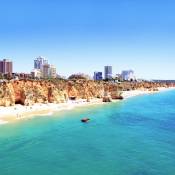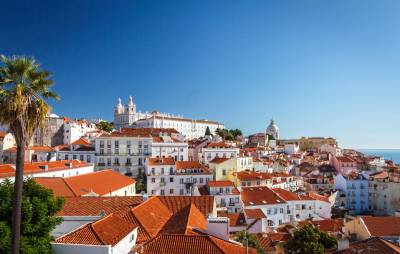Lisbon is hands down one of the best cities in Europe to take a short break, or even a spend a week or two. There is so much to see and do, and the great thing is it is all easy to get to as Lisbon has great transport and is relatively small.
Blessed with a warm, sunny climate Lisbon offers visitors a host of attractions both indoors and outdoors. Many of my favourite activities won't cost you a penny; getting lost in the Alfama, or passear-ing (strolling) along the riverside in Belem are highly recommended. It is also a city of contrasts with things to see both ancient and modern. On the old side there is the castle overlooking the city, churches and monasteries that are both austere and splendid and ostentatious palaces in the outer districts. For those seeking more contemporary attractions there are any number of cultural venues around Lisbon - the Berardo Collection, Gulbenkian Museum or even just some of the city's striking architecture will all oblige.
Lisbon is also a city that families will love with a number of open spaces and parks. There are a number of attractions that will appeal to kids in particular such as the zoo, aquarium and several museums.
In this section you will find all the best things to do in Lisbon and around. And if all this wasn't enough, Lisbon is perhaps the only city in Europe where you will find world-class sandy beaches less than half and hour's train ride away.
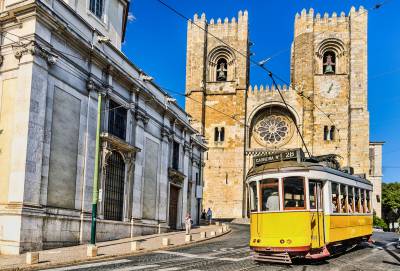




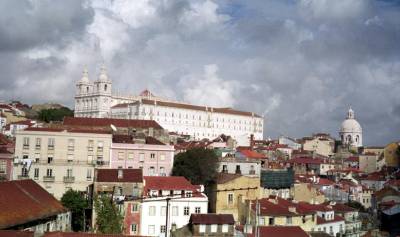

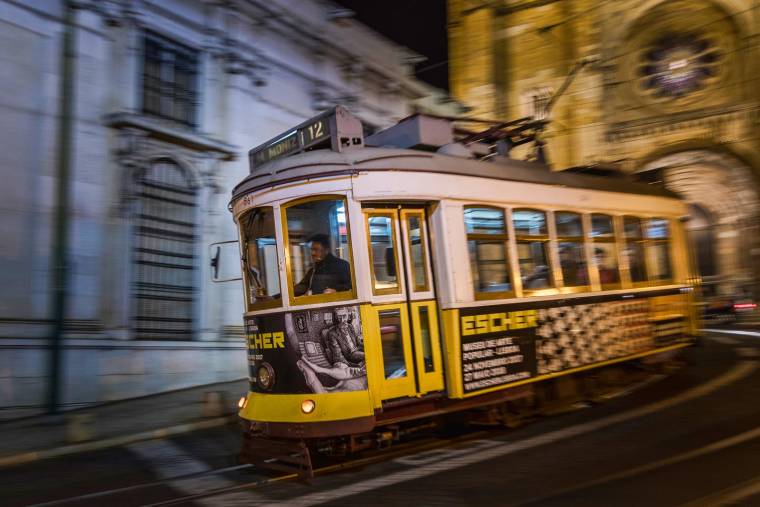
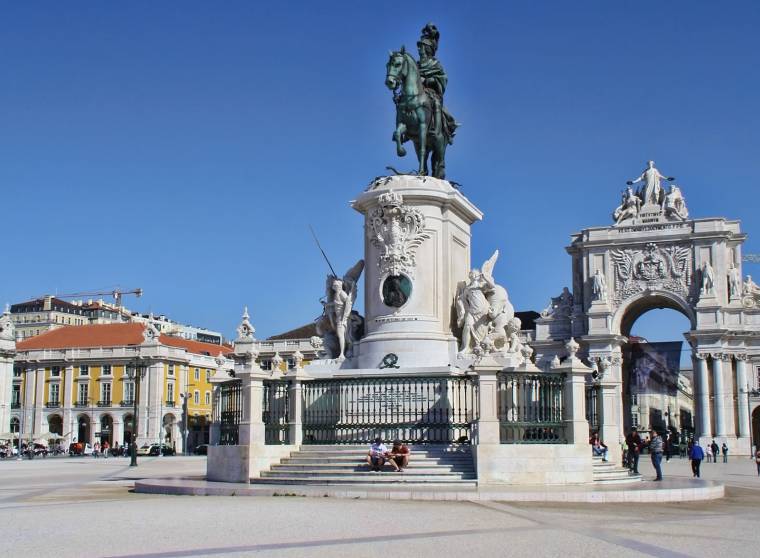

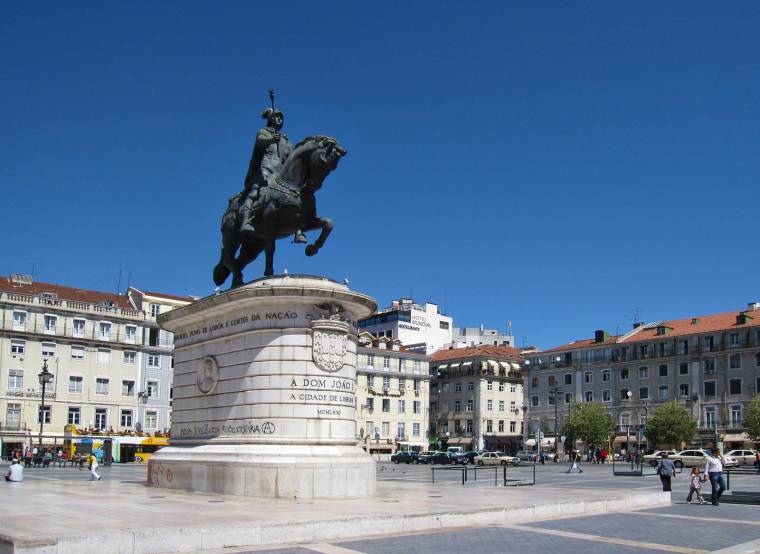
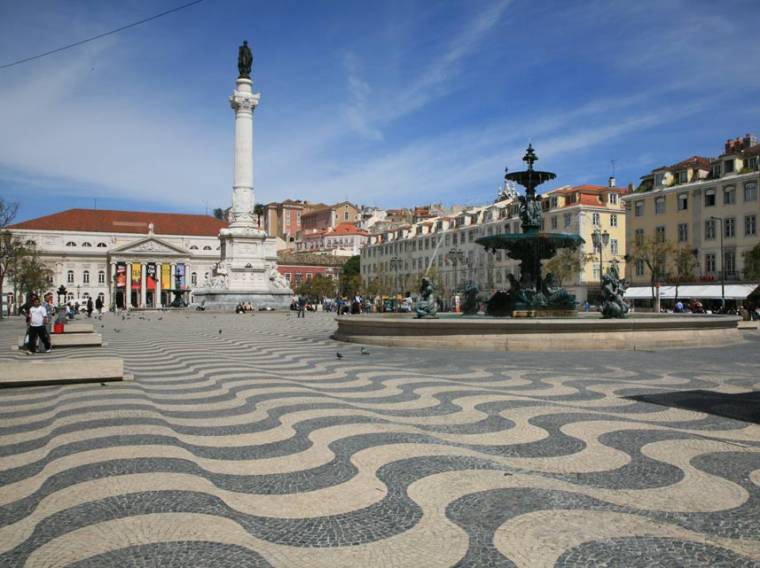



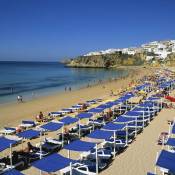 Albufeira
Albufeira
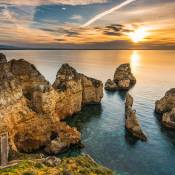

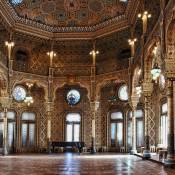


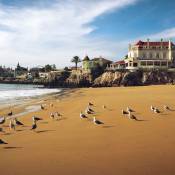 Cascais
Cascais

